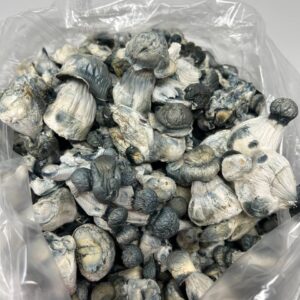Title: The Enigmatic Mushroom: Nature’s Hidden Treasure
Introduction
Mushrooms, often regarded as humble fungi, are a fascinating group of organisms that have captured the human imagination for centuries. They are a diverse and enigmatic kingdom of life, with over 10,000 known species and countless more waiting to be discovered. In this product description, we will delve into the world of mushrooms, exploring their intriguing characteristics and highlighting their diverse uses.
I. Types of Mushrooms
Mushrooms come in a wide array of shapes, sizes, and colors. Some of the most popular types include:
Button Mushrooms (Agaricus bisporus): These are the common white mushrooms found in most grocery stores. They have a mild, earthy flavor and are a staple in many cuisines.
Shiitake Mushrooms (Lentinula edodes): Known for their rich, umami taste, shiitake mushrooms are widely used in Asian cuisine and are believed to have medicinal properties.
Portobello Mushrooms (Agaricus bisporus var. portobello): These large, brown mushrooms are often grilled and used as a meat substitute in vegetarian dishes.
Chanterelle Mushrooms (Cantharellus spp.): Recognizable by their vibrant orange color and delicate flavor, chanterelles are a gourmet delicacy.
Morel Mushrooms (Morchella spp.): With their unique honeycomb appearance, morels are highly sought after by chefs for their earthy, nutty taste.
II. Culinary Delights
Mushrooms are a culinary treasure trove. They add depth, flavor, and texture to a wide range of dishes. From creamy mushroom risotto to savory mushroom gravy, these fungi are versatile ingredients that can elevate any meal.
III. Medicinal Potential
Mushrooms have a long history of use in traditional medicine, particularly in Asian cultures. They are believed to have various health benefits, including immune system support and anti-inflammatory properties. Specific mushrooms like reishi and lion’s mane have gained popularity for their potential cognitive and stress-reducing effects.
IV. Ecological Role
Mushrooms are essential players in ecosystems worldwide. They are decomposers, breaking down dead organic matter and recycling nutrients back into the environment. Additionally, some mushrooms form symbiotic relationships with trees, aiding in nutrient uptake and forest health.
V. Sustainability and Farming
Mushroom cultivation is an environmentally friendly practice. They can be grown on agricultural waste products like straw and wood chips, reducing the need for synthetic fertilizers and pesticides. This makes mushroom farming a sustainable and eco-conscious choice.
VI. Unique Mushroom Facts
Mushrooms have some captivating characteristics, including:
Some species glow in the dark, a phenomenon known as bioluminescence.
The largest living organism on Earth is a fungus called Armillaria ostoyae, which spans over 2,385 acres in Oregon’s Malheur National Forest.
Mushrooms can be used to make paper, fabric dyes, and even packaging materials.
Conclusion
In conclusion, mushrooms are not just an ingredient in your favorite dishes; they are a world unto themselves, offering culinary delights, potential health benefits, and ecological importance. Embracing the diversity and wonder of mushrooms can open up a world of culinary and scientific exploration. So, the next time you savor that mushroom risotto or spot a curious fungus in the woods, remember that mushrooms are nature’s hidden treasures waiting to be discovered and appreciated.
-
Blue meanies
Original price was: $60.00.$50.00Current price is: $50.00. -
Veledas Mushroom Bars
$250.00 – $1,250.00


